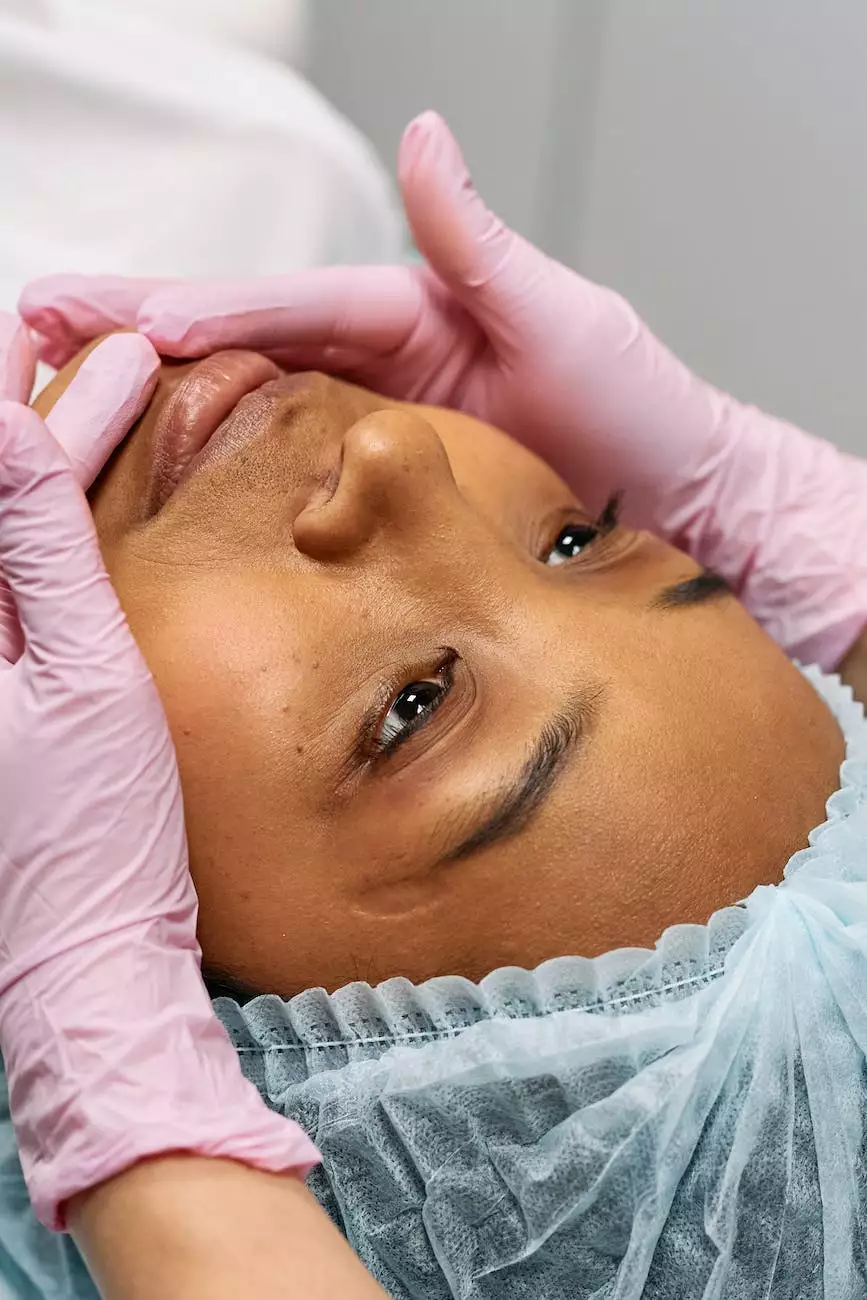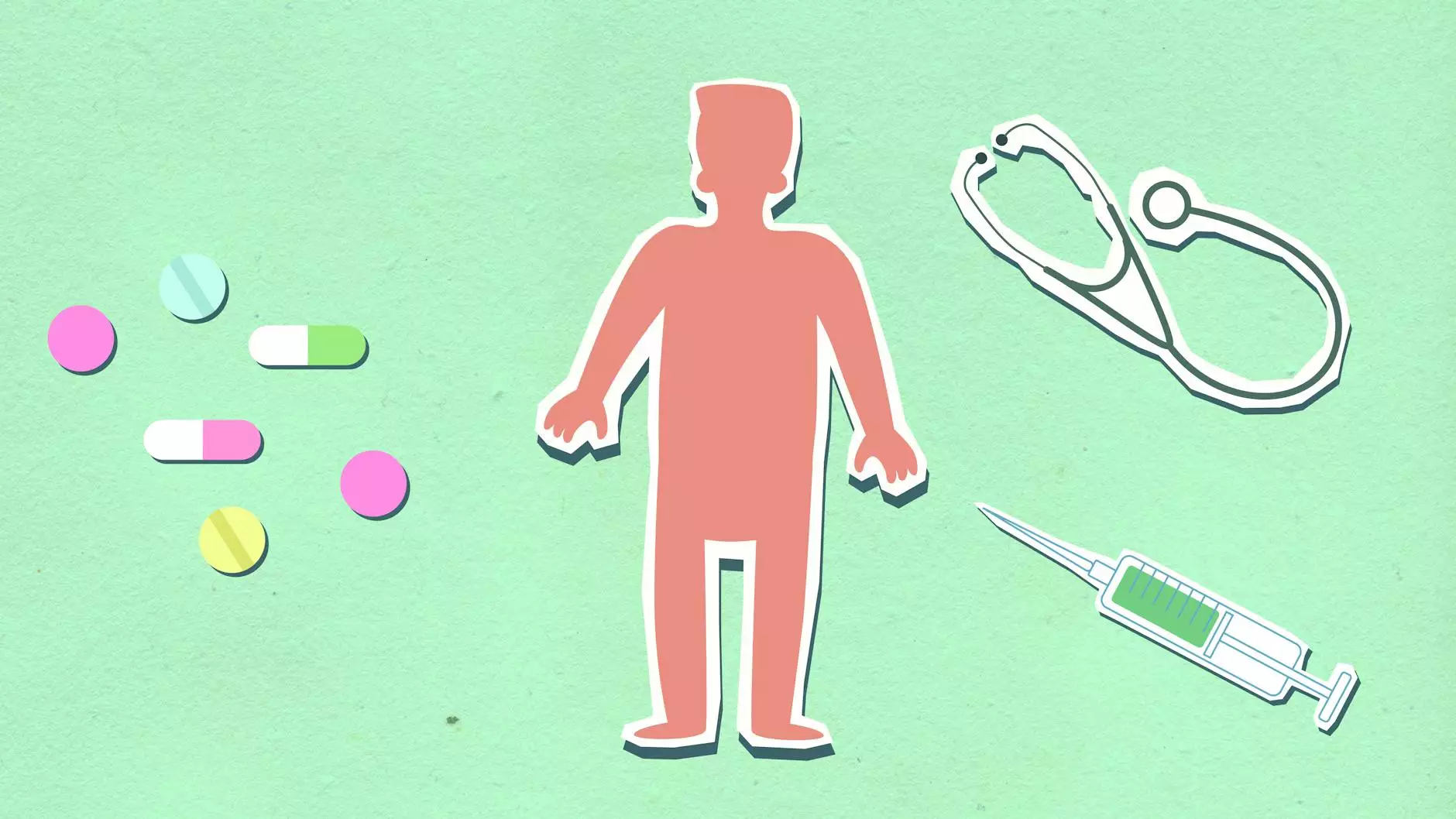Craniosynostosis Surgery: Frequently Asked Questions

What is Craniosynostosis Surgery?
Craniosynostosis surgery is a procedure performed to correct a condition where one or more of the sutures (joints) between the bones in a baby's skull close prematurely. This premature fusion can cause abnormal head shape and restrict brain growth, leading to potential developmental issues. The surgery involves opening the affected sutures, reshaping the skull, and properly aligning the bones to allow for normal brain development.
Why is Craniosynostosis Surgery Needed?
Craniosynostosis surgery is necessary to correct the abnormal growth patterns of the skull due to premature suture fusion. Without intervention, craniosynostosis can lead to increased intracranial pressure, developmental delays, vision problems, and other complications. Surgery helps to alleviate these issues and allows the brain to grow and develop normally.
Who is a Candidate for Craniosynostosis Surgery?
Candidates for craniosynostosis surgery are typically infants diagnosed with craniosynostosis. A comprehensive evaluation by a pediatric craniofacial surgeon, such as Dr. Foley James D MD, will determine if surgery is necessary. Factors considered include the severity of the condition, the impact on brain growth, and the potential for related complications.
What Can I Expect Before Craniosynostosis Surgery?
Prior to craniosynostosis surgery, you can expect a thorough evaluation of your baby's condition. This may involve diagnostic tests such as imaging scans to assess the extent of cranial fusion. Dr. Foley James D MD will review the surgical procedure, explain potential risks and benefits, and address any concerns or questions you may have. Preoperative instructions, including fasting instructions, will be provided.
What Happens During Craniosynostosis Surgery?
During craniosynostosis surgery, your baby will be placed under general anesthesia to ensure comfort and safety. Dr. Foley James D MD will carefully make an incision, access the affected sutures, and release any fused bones. The skull will then be reshaped to allow for proper growth and development. The surgery may involve the use of plates, screws, or other fixation devices to stabilize the skull.
What is the Recovery Process like after Craniosynostosis Surgery?
The recovery process after craniosynostosis surgery varies depending on the individual and the extent of the procedure. Your baby may need to spend a few days in the hospital for close monitoring and pain management. Dr. Foley James D MD will provide detailed postoperative care instructions, including wound care, pain management, and follow-up appointments. It is important to closely follow these instructions for optimal recovery.
What are the Risks and Complications of Craniosynostosis Surgery?
As with any surgical procedure, there are potential risks and complications associated with craniosynostosis surgery. These may include infection, bleeding, adverse reactions to anesthesia, scarring, and intellectual or developmental delays. Dr. Foley James D MD will discuss the specific risks involved based on your baby's unique situation and answer any questions or concerns you may have.
What are the Long-term Outcomes of Craniosynostosis Surgery?
The long-term outcomes of craniosynostosis surgery are generally positive. The procedure allows for normal brain growth and development, correcting the abnormal skull shape. Regular follow-up visits with Dr. Foley James D MD will ensure that your baby's progress is monitored and any potential issues are addressed. With early intervention and proper care, the majority of children who undergo craniosynostosis surgery can lead healthy and fulfilling lives.
Conclusion
If your baby has been diagnosed with craniosynostosis, craniosynostosis surgery may be a necessary step to ensure normal brain development and correct skull abnormalities. Dr. Foley James D MD, a highly experienced pediatric craniofacial surgeon, can provide expert care and guidance throughout the process. By seeking proper treatment and early intervention, you are taking an important step towards giving your child the best chances for a healthy future.



